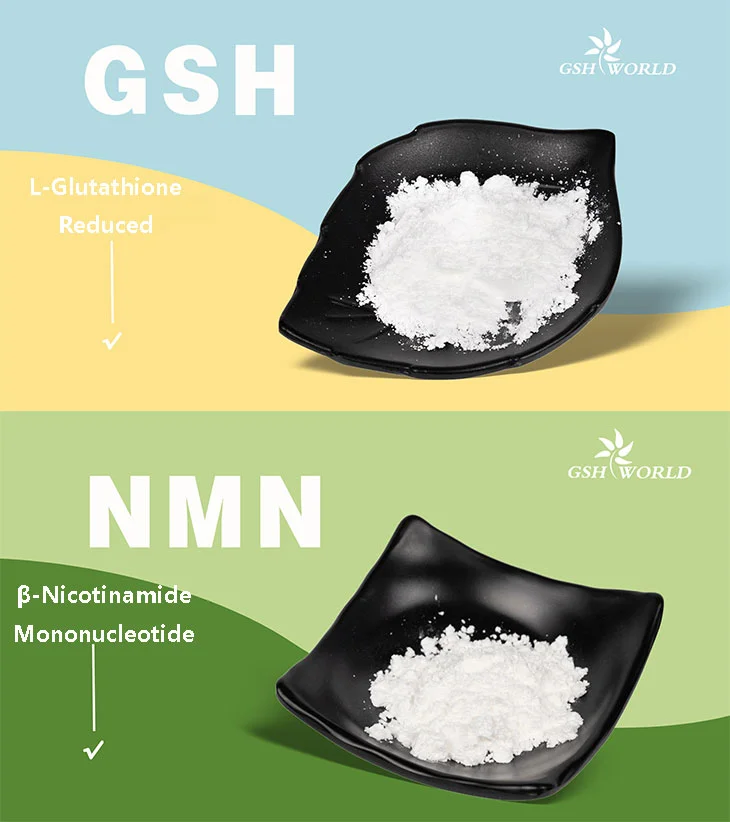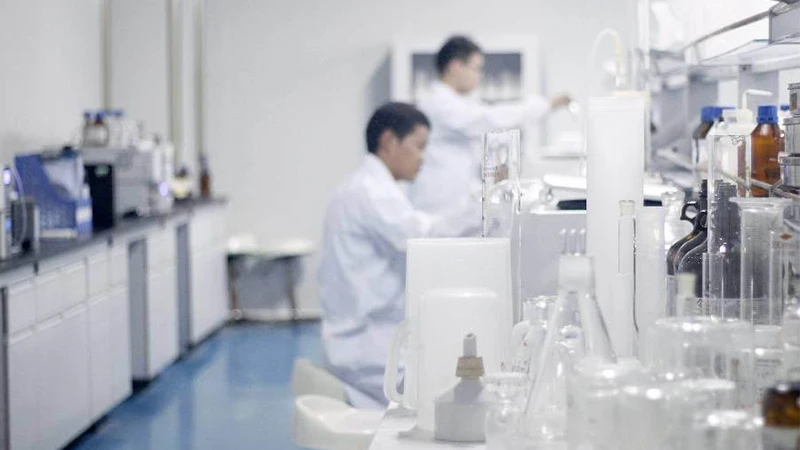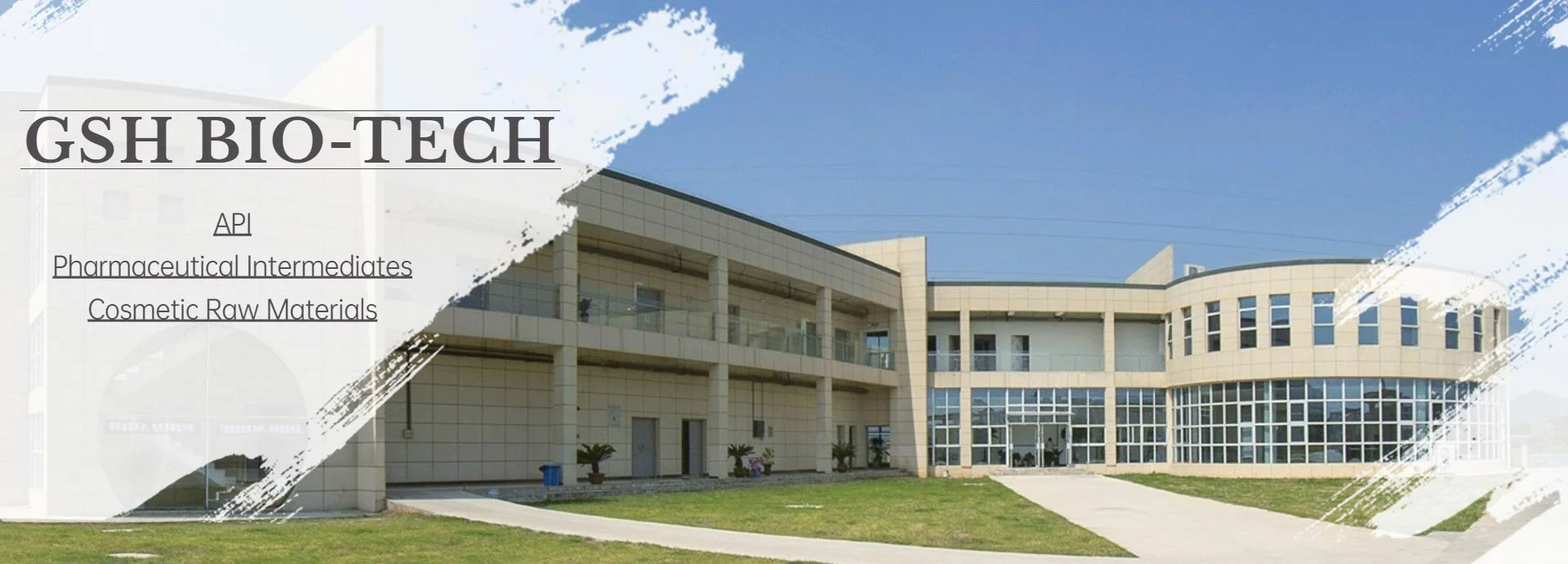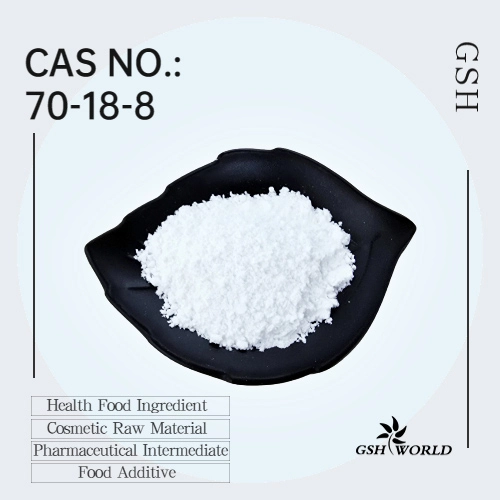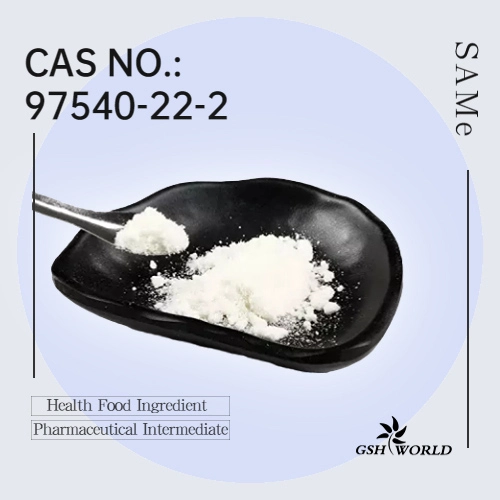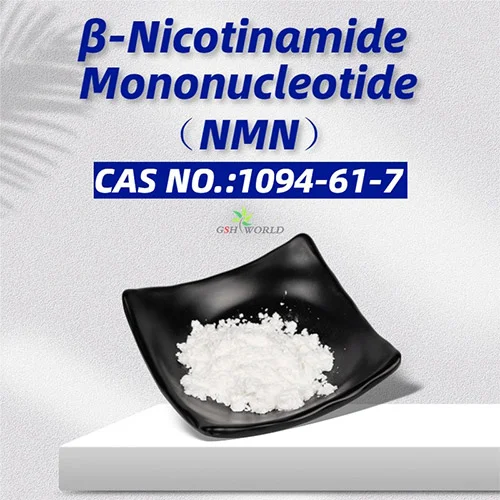The relationship between NMN and vascular aging
Endothelial cells make up the lining of blood vessels and are critical to their health and growth. With the aging of endothelial cells, blood vessels will shrink and new blood vessels cannot be formed. At the same time, blood flow to most parts of the body will gradually decrease, tissues will receive less nutrients from blood, and muscles will atrophy.
Endothelial cell (EC) aging is a pathophysiological process of structural and functional changes, including dysregulated vascular tone, increased endothelial permeability, arteriosclerosis, impaired angiogenesis and vascular repair, and reduced EC mitochondrial biogenesis, among others.
Cell cycle dysregulation, oxidative stress, altered calcium signaling, hyperuricemia, and vascular inflammation are closely related to EC aging and the occurrence and development of vascular diseases. A number of abnormal molecular pathways are associated with these underlying pathophysiological changes, including SIRT1, Klotho, fibroblast growth factor-21, and activation of the renin-angiotensin-aldosterone system.
Because of the relationship between SIRTs and vascular aging, the supplementation of NAD+ precursor NMN has shown effects in some studies:
① NMN treatment of aged mice (300 mg/kg per day for 8 weeks) restored carotid artery endothelium-dependent dilatation (a measure of endothelial function) while reducing aortic pulse wave velocity and elastic arterial stiffness.
② NMN (500 mg/kg/day, administered with water for 28 days) achieved significant therapeutic effects on mice: by promoting sirt1-dependent increases in capillary density, blood flow and endurance in aged mice were improved.
③ NMN significantly improves cognition in aged mice by improving age-induced vascular endothelial dysfunction and neurovascular coupling (NVC) responses, and NMN reduces mitochondrial ROS in brain microvascular endothelial cells of aged mice and restores NAD+ and mitochondrial energy.
Increasing NAD+ levels in the vascular endothelium may be a potential therapy to increase mobility in the elderly and treat diseases that develop due to reduced blood flow such as: ischemia-reperfusion injury, slow wound healing, liver dysfunction and Muscle myopathy etc.
*Special note - This article is for informational purposes only and cannot replace a doctor's treatment diagnosis and advice. It should not be regarded as a recommendation or proof of efficacy of the medical products involved. If it involves disease diagnosis, treatment, and rehabilitation, please be sure to go to a professional medical institution to seek professional advice.
by GSHWORLD
GSHWORLD is China Biological API Manufacturer. China NMN Supplements powder suppliers & best NMN benefits raw material Factory.


